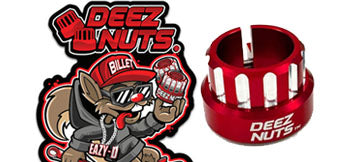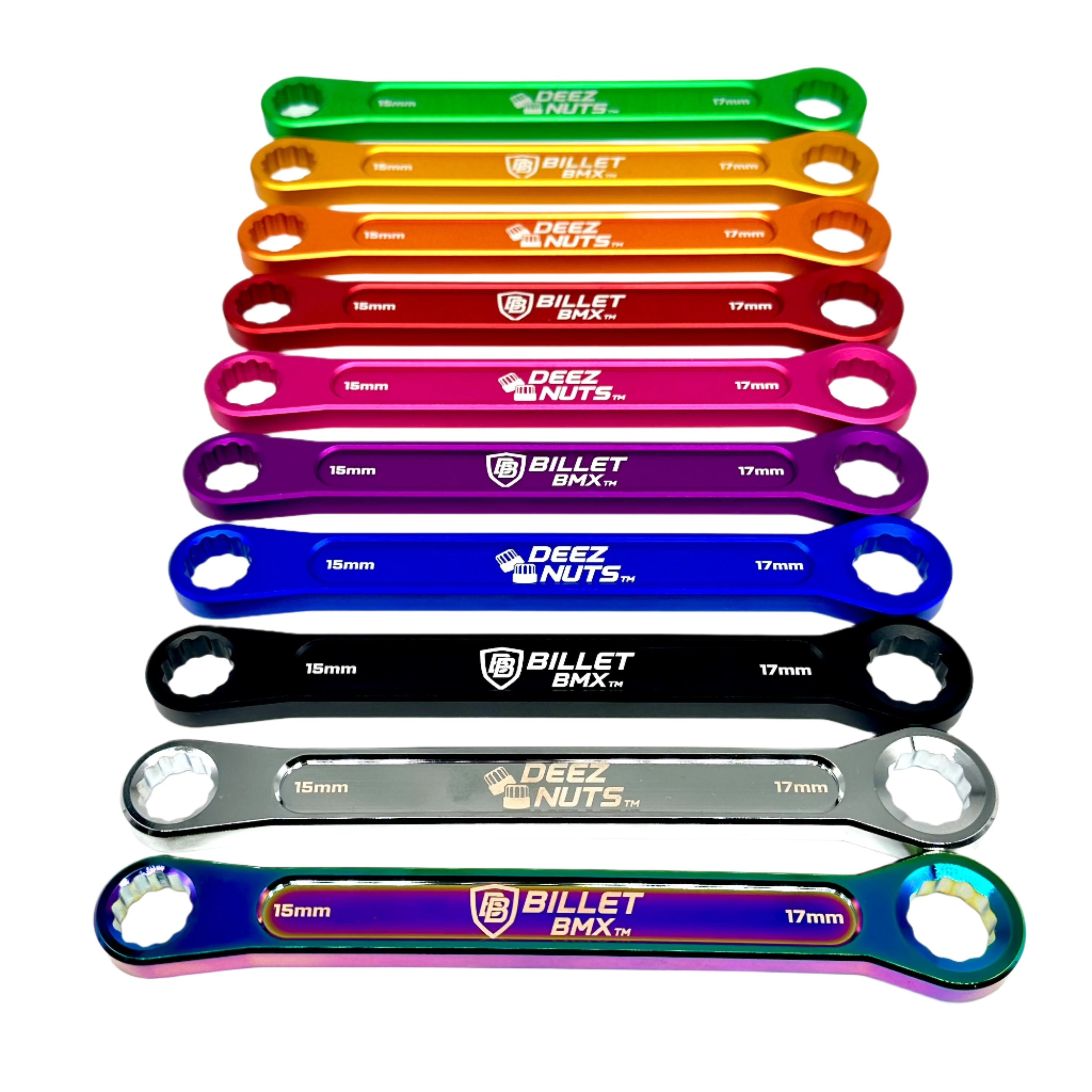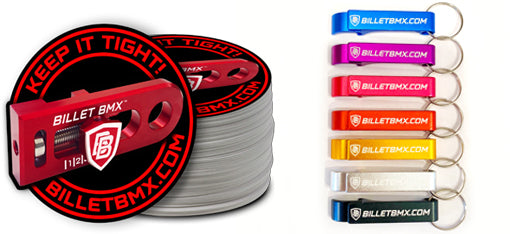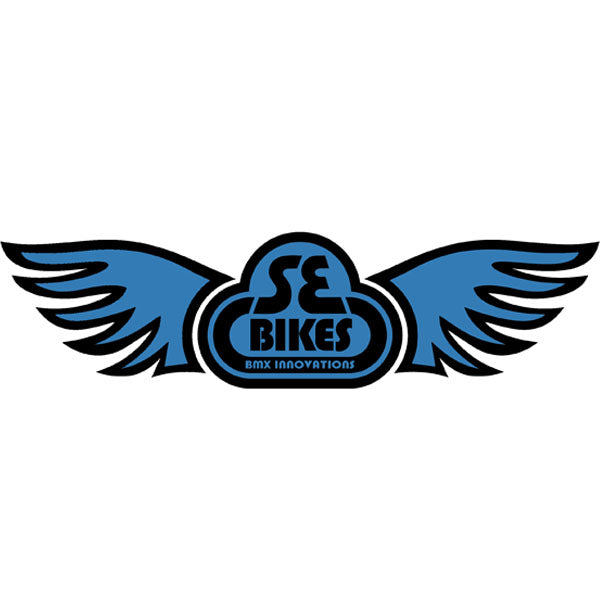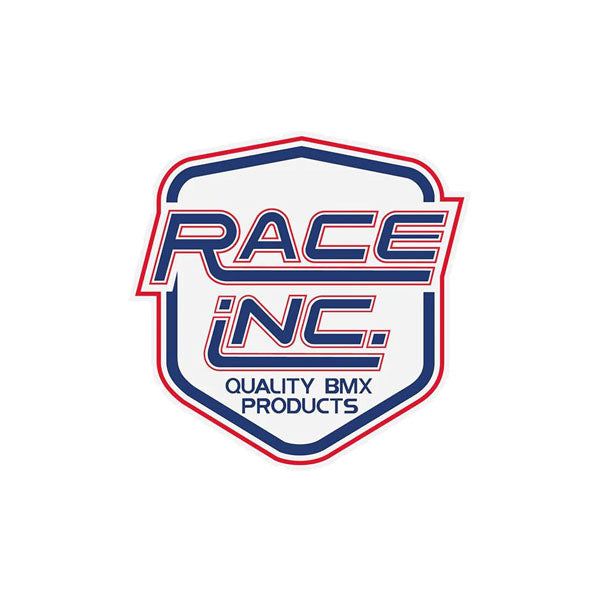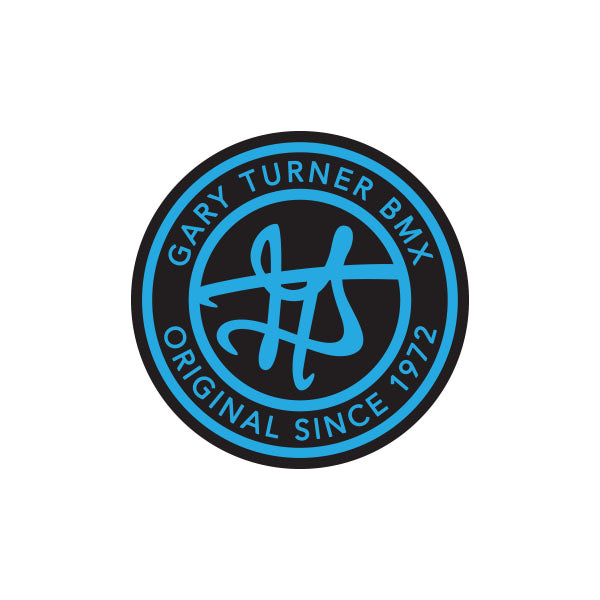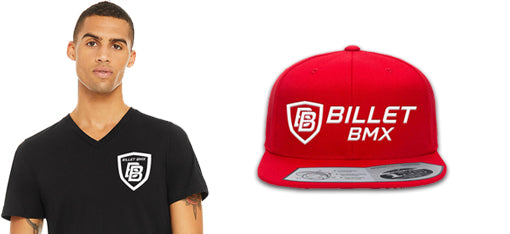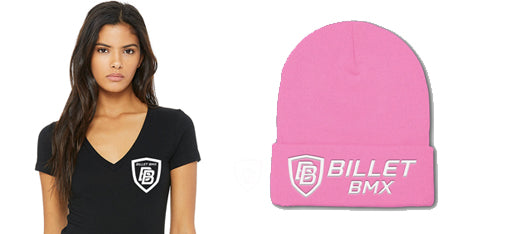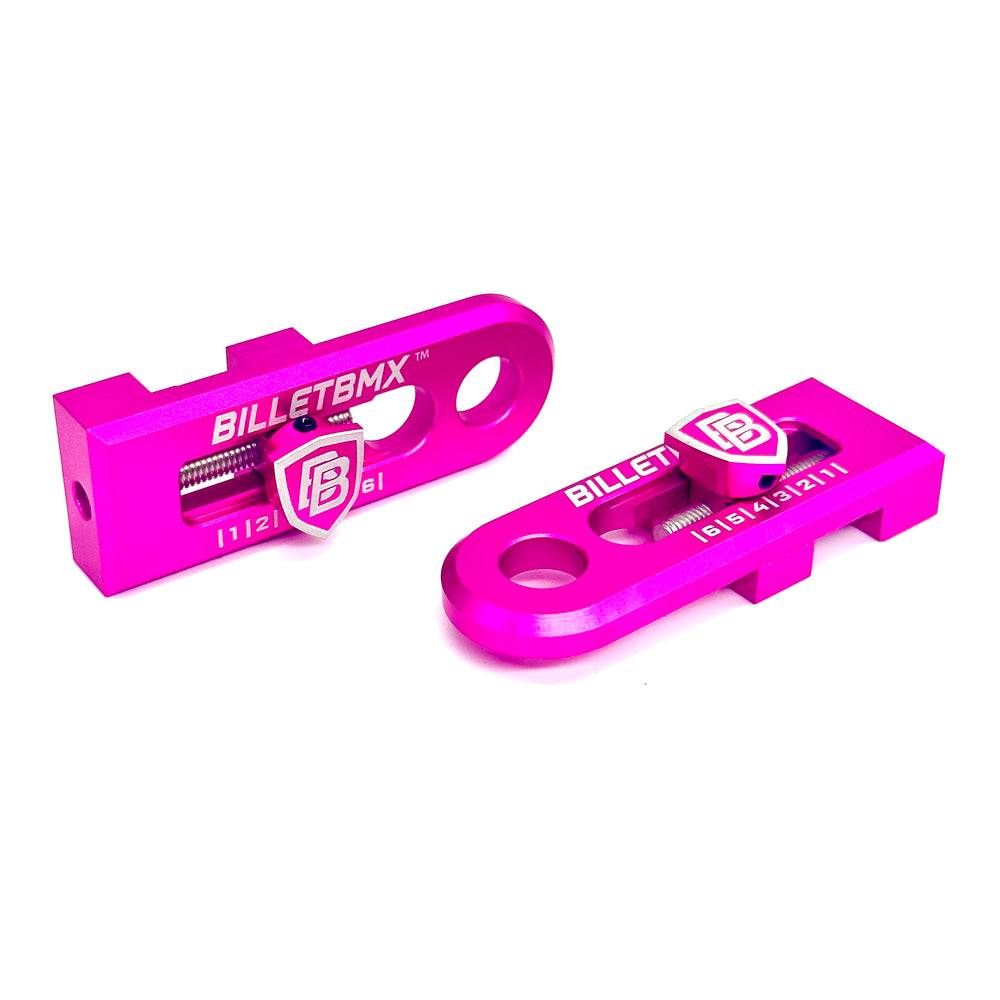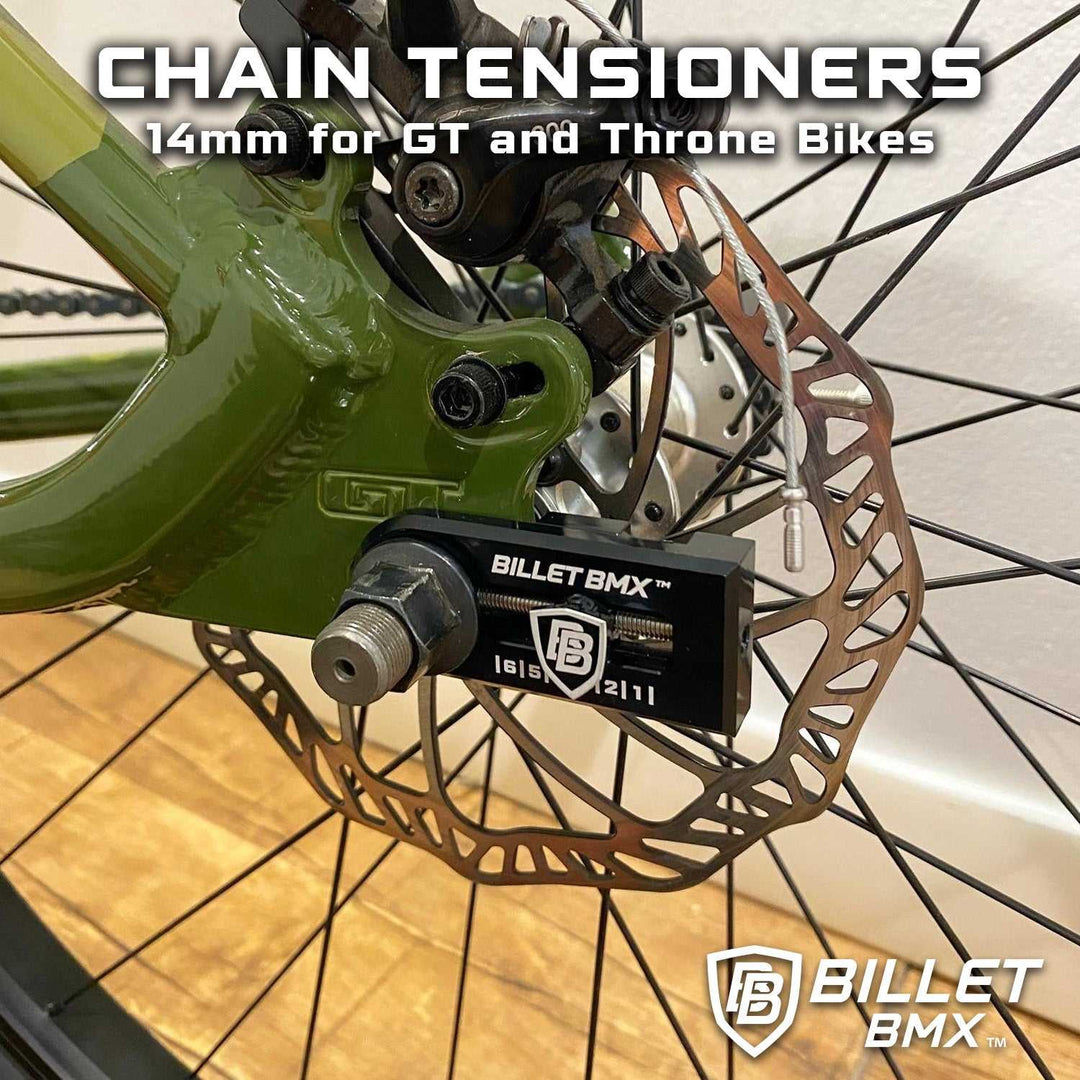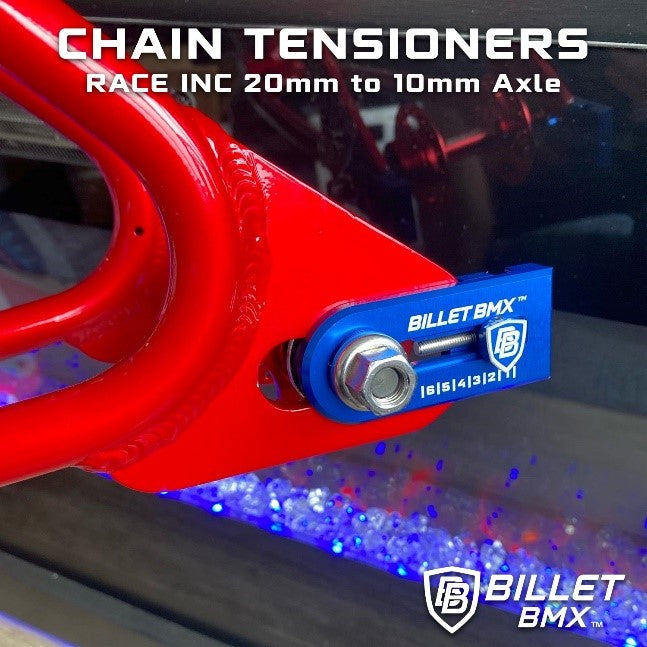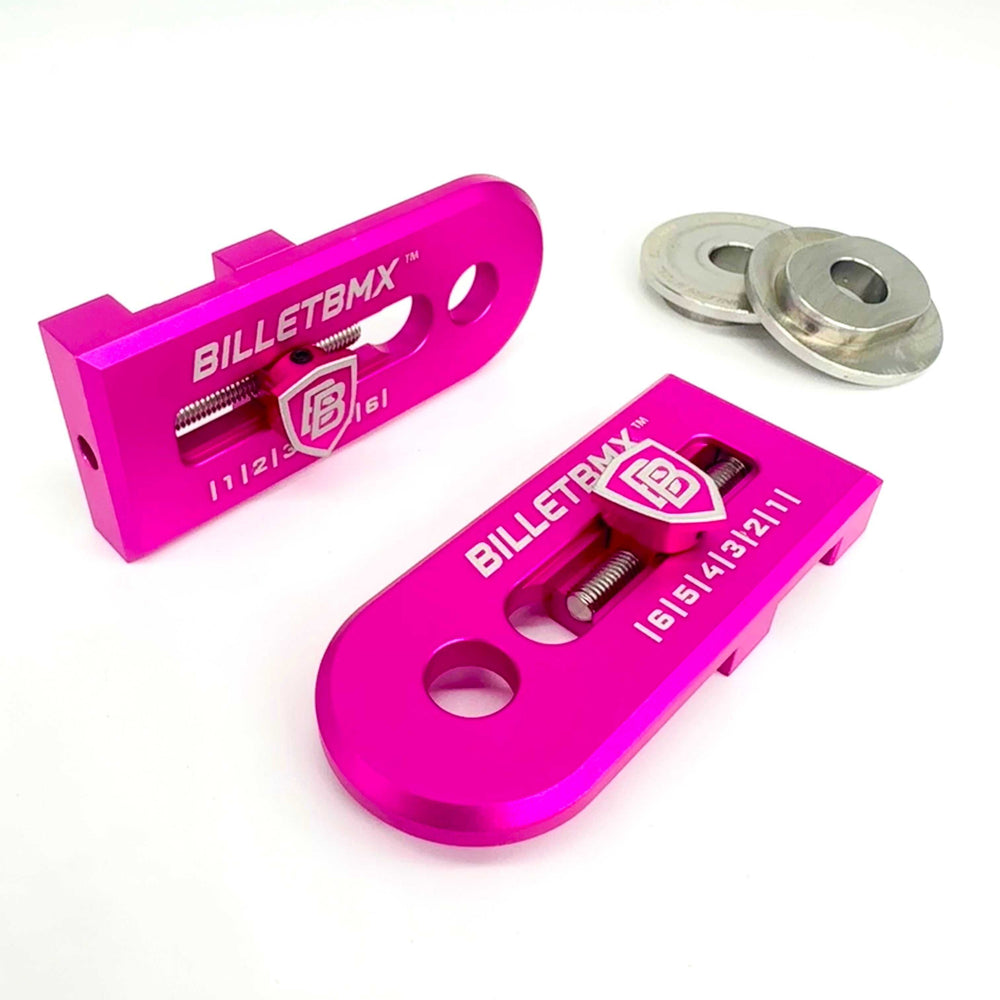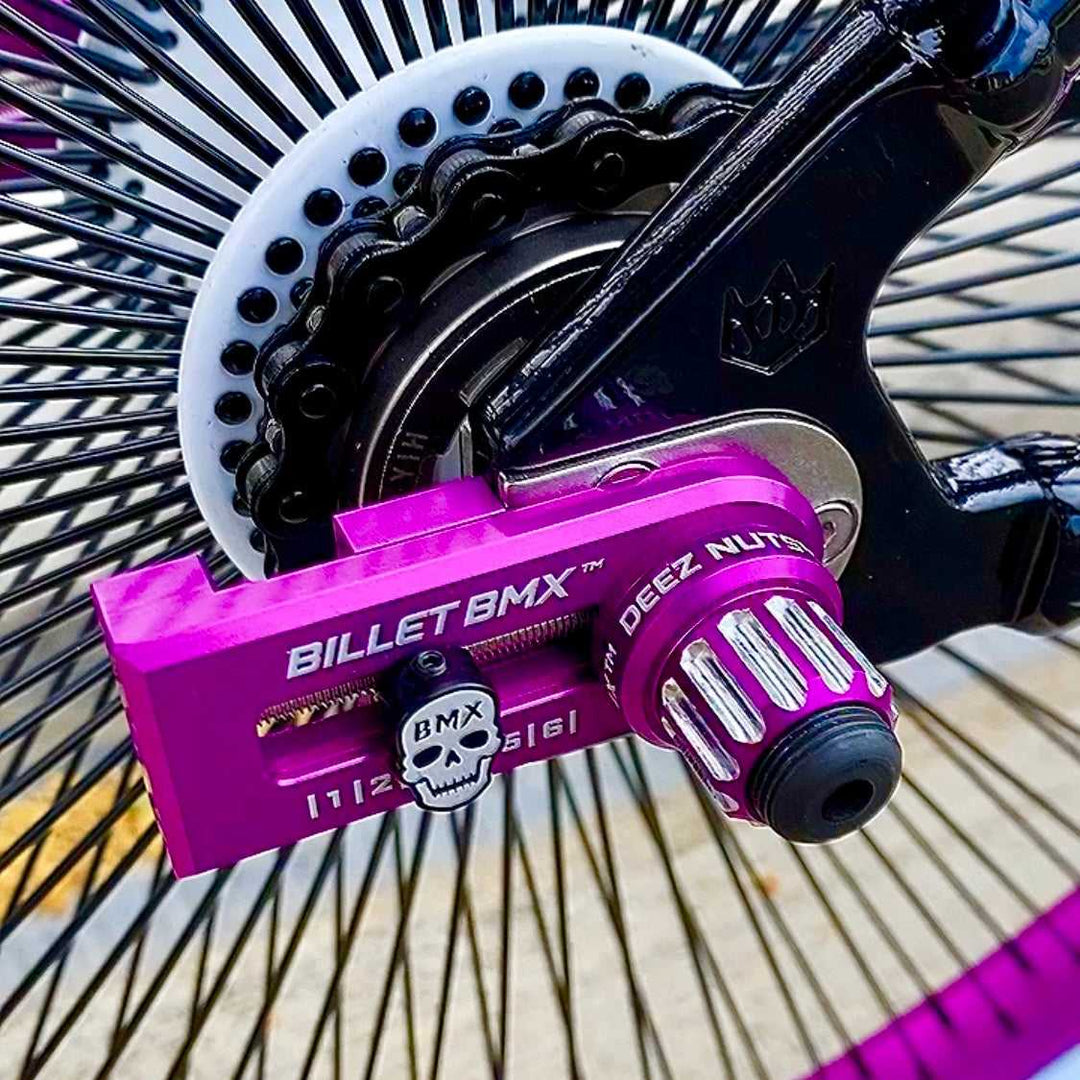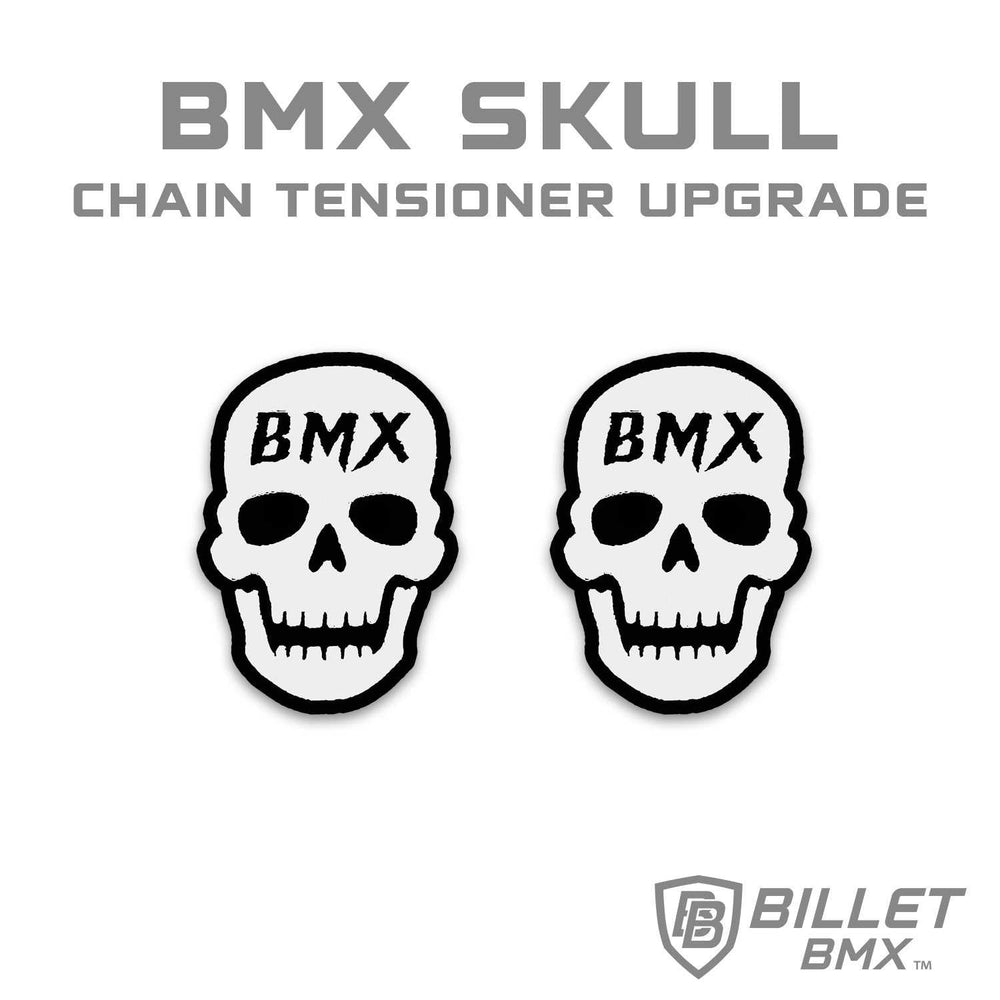How Pedal Design Impacts Your Cycling Technique

When it comes to cycling performance, many riders focus on frame geometry, tire pressure, or even saddle height but often overlook one of the most critical contact points: the pedals. Whether you're a BMX racer, a trail rider, or a street cyclist, your pedal design has a direct impact on your efficiency, power transfer, and overall technique.
In this blog, we’ll explore how different types of pedals affect your riding style, the pros and cons of popular designs, and how choosing the right pedals can elevate your performance on every ride.
Why Pedal Design Matters
Your pedals are the link between your legs and your bike. Every movement, push, and rotation passes through them. So, it makes sense that the design of your bike pedals will influence your form, power output, and comfort.
Whether you're doing tricks, sprinting, or cruising, the right pedal setup can help you maintain better control and reduce the risk of injury.
Types of Bike Pedals and Their Impact
1. Flat Pedals (Platform Pedals)
Flat pedals are the most common style used in BMX, dirt jumping, and casual riding. They provide a wide surface area for your foot and don’t require any special shoes.
Benefits:
-
Allows quick foot release great for tricks and technical riding.
-
Encourages development of proper foot placement and balance.
-
Ideal for beginner and intermediate riders.
Technique Impact:
Flat pedals help riders improve bike handling and foot control. Since there’s no mechanical attachment, you must engage your core and hips to maintain pedal contact—training better muscle coordination.
2. Clipless Pedals
Despite the name, clipless pedals allow you to "clip in" using compatible cleats and shoes. They're popular in road cycling, MTB, and some BMX race setups.
Benefits:
-
Increases pedaling efficiency through the upstroke.
-
Keep your feet locked in for better power transfer.
-
Reduces foot slippage, especially in wet conditions.
Technique Impact:
These pedals improve cadence and smooth out your pedal stroke. However, they also require precise technique, especially for clipping in and out. Riders using clipless pedals tend to have more consistent pedal form and better power through the full 360-degree pedal rotation.
3. Toe Clips and Straps
A hybrid between flats and clipless, toe clips are cages attached to the front of flat pedals with a strap to secure the foot.
Benefits:
-
Affordable alternative to clipless systems.
-
Helps with power transfer and foot stability.
Technique Impact:
These improve efficiency over flats but can be awkward to enter and exit, especially in technical riding. They encourage keeping your foot centered, which can train better stroke mechanics for beginners transitioning to clipless.
How Pedal Shape and Material Affect Your Ride
Beyond the pedal type, shape and construction also influence your cycling technique.
Surface Grip
Pedals with pins or textured surfaces provide better grip, especially in BMX and mountain biking. This reduces foot slippage and allows more aggressive riding styles.
Pedal Size
Wider pedals offer more support and are more forgiving on foot placement. However, smaller pedals may encourage better precision and lighter bike setups.
Material
Aluminum pedals tend to be stronger and more durable, while composite or plastic pedals are lighter but may wear faster. Lightweight materials can reduce rotational weight, improving acceleration and responsiveness.
Choosing the Right Pedal for Your Style
Each type of cycling demands a different pedal design. Here’s a quick guide:
|
Riding Style |
Recommended Pedal Type |
Key Features |
|
BMX Freestyle |
Flat Pedals |
Wide platform, metal pins |
|
BMX Racing |
Clipless or Flats |
Efficient transfer, secure fit |
|
Mountain Biking |
Flat or Clipless |
Durability, grip, control |
|
Road Cycling |
Clipless |
High efficiency, light weight |
|
Commuting |
Flat or Toe Clips |
Versatile, easy to use |
Training Tip: Switching Pedal Types Can Improve Technique
Some riders benefit from training with both pedal types. For example:
-
Riding flats helps improve muscle engagement and proper foot technique.
-
Clipless pedals build cadence control and endurance.
Rotating between these systems in training can develop a more well-rounded riding technique.
Final Thoughts
Pedals might be small, but they play a huge role in your cycling performance. The right pedal design can drastically improve your technique, efficiency, and confidence on the bike.
Whether you're hitting the skatepark or grinding through a long-distance ride, understanding how your pedals impact your riding style will help you make smarter choices and ultimately become a better cyclist.
With Billet BMX, you’ll find expert insights on gear that improves your ride like how pedal design directly impacts your cycling technique and performance.


